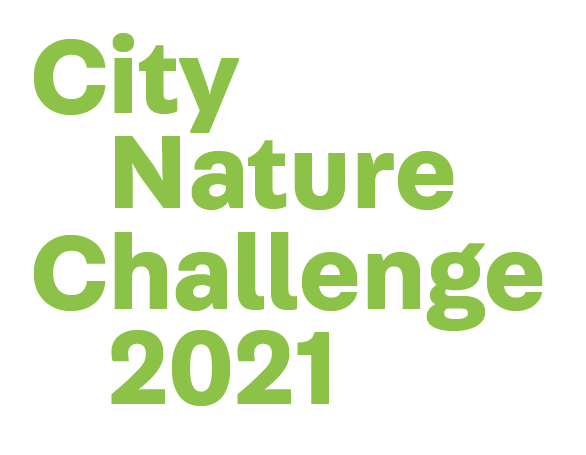2021 City Nature Challenge Results
The last time I posted, it was the City Nature Challenge (CNC), an international bioblitz! In 2021 the Hampton Roads area did pretty well considering we are still coming out of a pandemic. There is also always room for improvement– stay tuned for our exciting CNC efforts for 2022!
Here are the 2021 results: Hampton Roads had 1,229 observations, 540 species, 154 identifiers, and 157 observers. Thank you to all who participated!
Who came out on top? Once again, Cape Town was #1 with 57,286 observations, 3,642 species, 585 identifiers, and 1,248 observers. Let’s try to get close to those awesome numbers for next year!
You can visit the Hampton Roads CNC website HERE to stay informed of any new developments.
Celebrating Pollinators
If you visited our 550 acre Park during the City Nature Challenge, you may have also noticed the thriving Bumblebee Learning Garden near the Business Entrance. If you would like to learn more about it, click here!
If you are planning to visit the Museum and Park and want to explore a fun place, please consider passing by our lovely Learning Garden. We chose plants that bloom at various times of the year (namely spring, summer, and fall), and many plants are in full bloom right now. One of the most impressive and wonderful bee attractors is the purple coneflower (Echinacea purpurea).
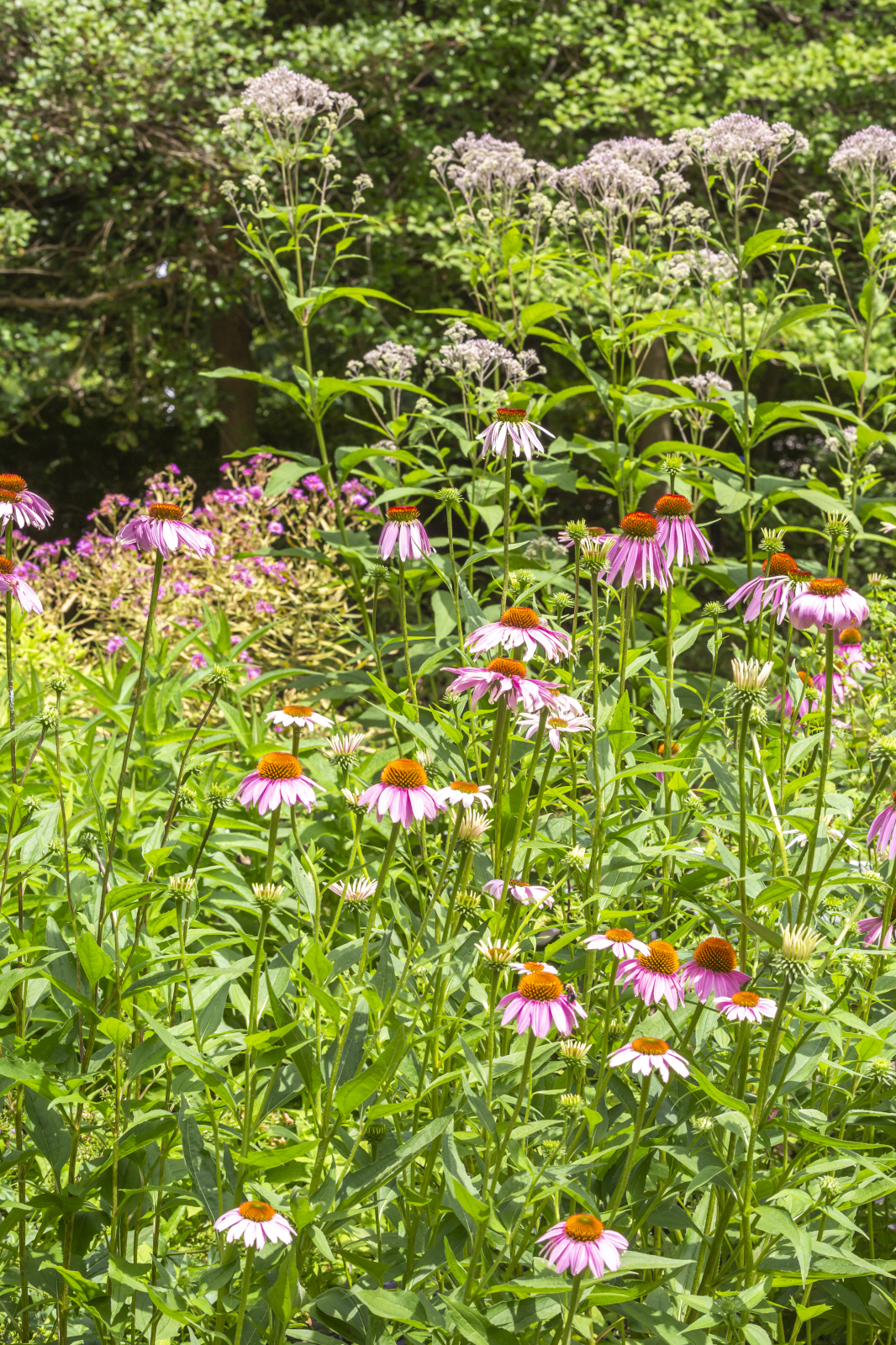
Curiosity Fuels the Cat!
Years ago when I started to investigate pollinators more, I wondered why we find some pollinators on some plants and not others. Furthermore, flowers have totally different shapes and colors and yet still survive in similar climates and conditions– was there a reason for that?
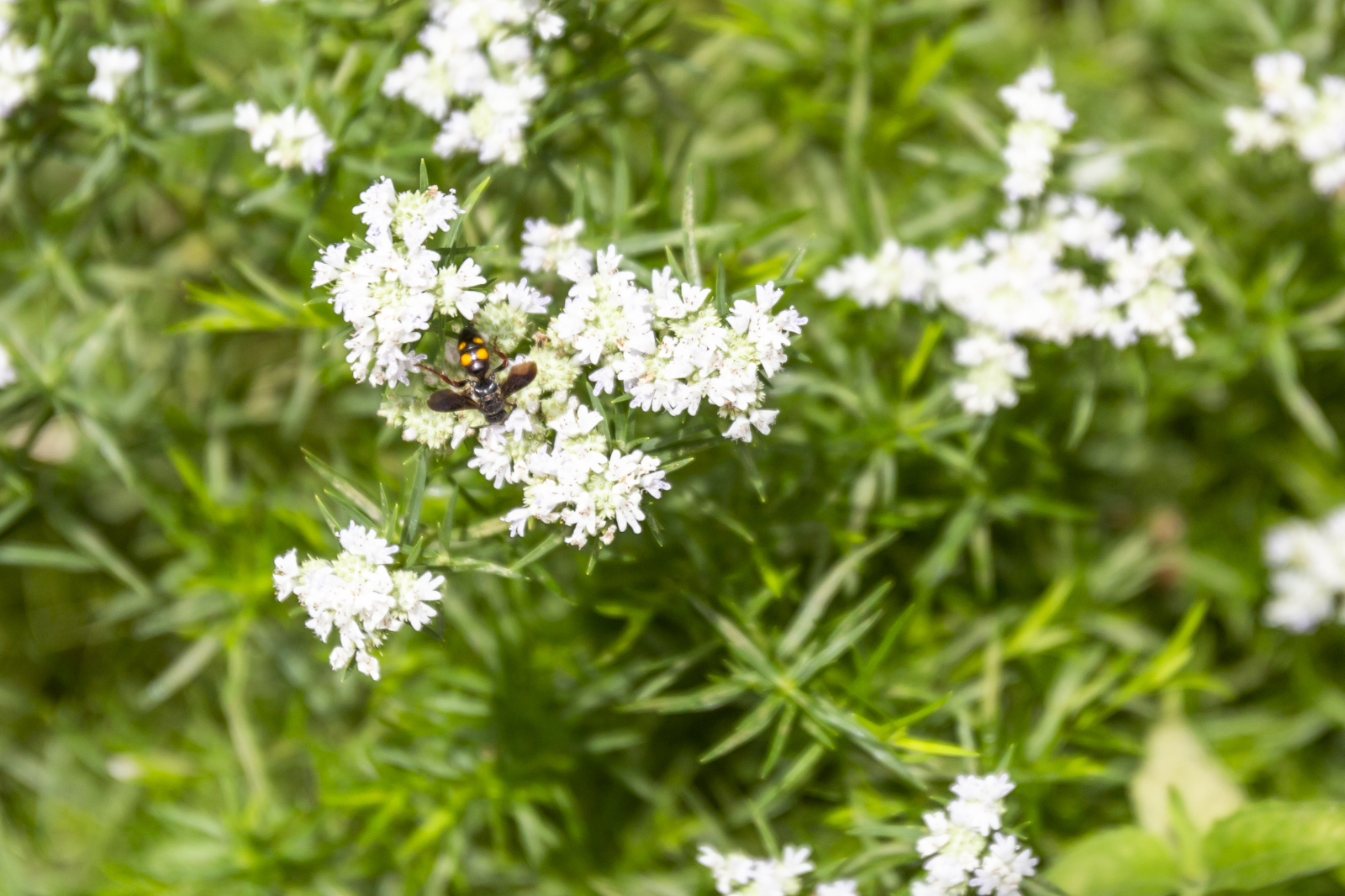
The answer is yes. The simplest reason is our good ol’ friend evolution! We could go down many rabbit holes today, but one I want to focus on is a special co-evolution between plants and their pollinators called pollinator syndromes. (Click HERE to read more about this incredible co-evolution.)
Plants, just like all living things, want to reproduce. For plants, we call this process pollination. Pollination can occur by animals, the wind, or water by transporting pollen grains from the male flower parts (on most plants called anthers) to the female flower parts (on most plants called stigmas).
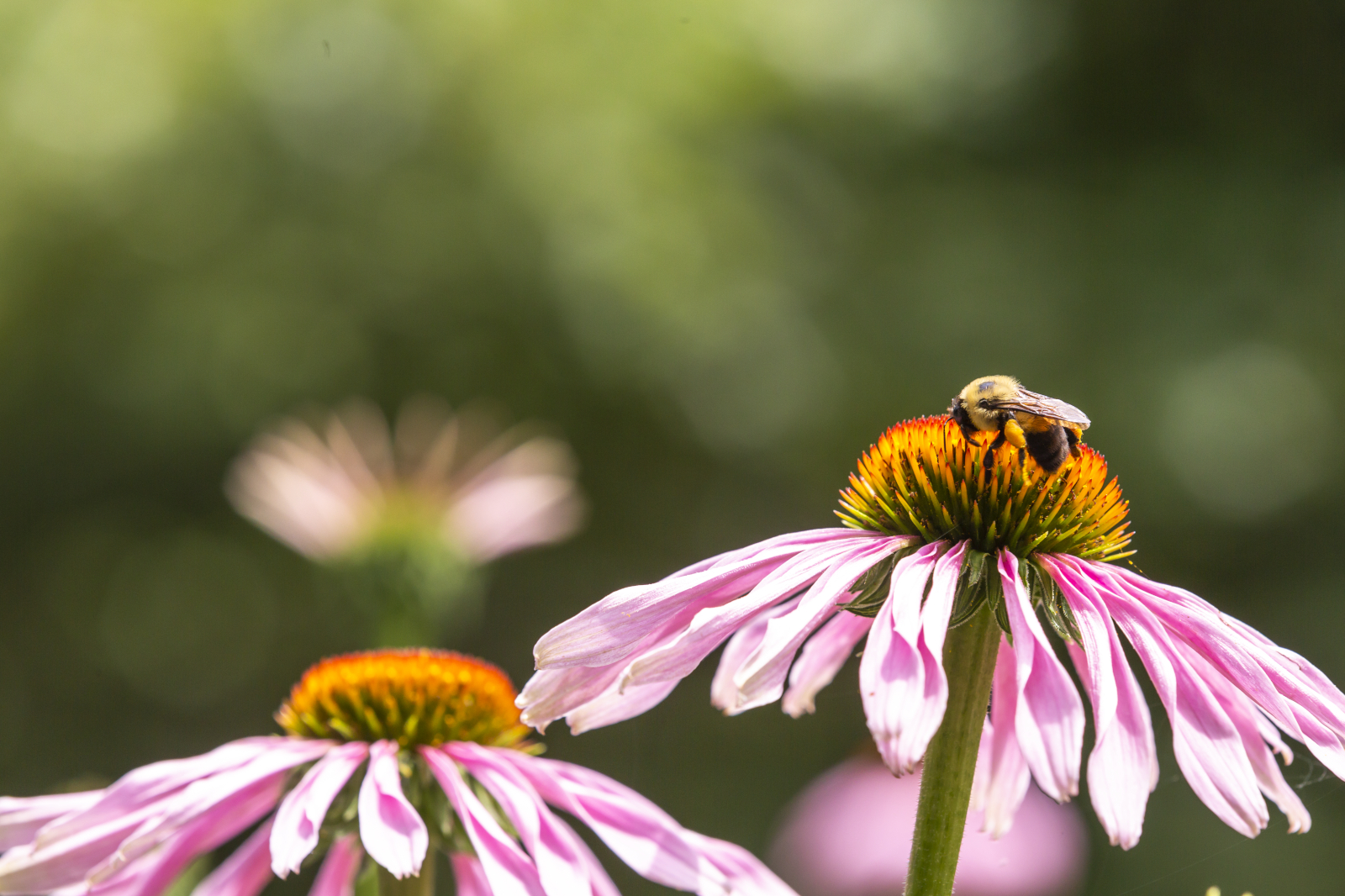
Over time, plants in a certain region have evolved ways to entice specific local pollinators to visit their flowers ensuring their traits will be passed on. Sweet nectar, protein-rich pollen, flower shape, color, and scents are used for attracting animal pollinators.
Some animals like putrid smells, while others prefer sweeter scents. Some pollinators (e.g., hummingbirds, moths, and butterflies) have tongues made for tubular flowers. Others prefer smaller flowers depending on their size. There are pollinators that like specific plants (e.g., the blueberry bee, Habropoda laboriosa), while others are what we call “generalists” who like many flowers, like the common eastern bumblebee (Bombus impatiens) and other bumblebee species. All these pollinators are important to make sure the variety in our world continues season after season.
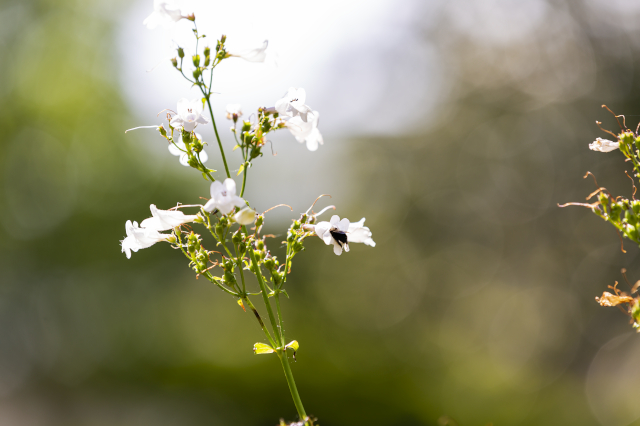
Whatever it is that draws the animal to the flower, the flower is doing this with a purpose. As the pollinator is trying to get to the tasty pollen or nectar, they are often covered with sticky pollen. The pollen is the important genetic material that is required to pass from the male to the female parts of the flowers for successful pollination. The next time you see a bee swoop into a flower, get some nectar and pollen, then fly to another flower, they are doing the important act of pollination!
Please visit the Garden and share your pictures with us on social media! #iamamariner
